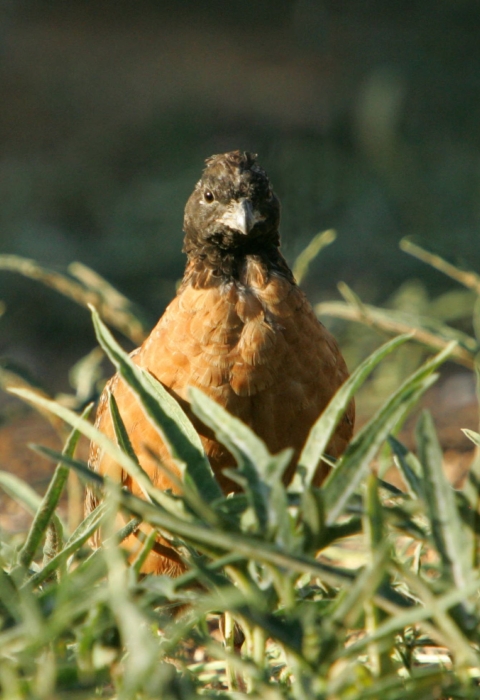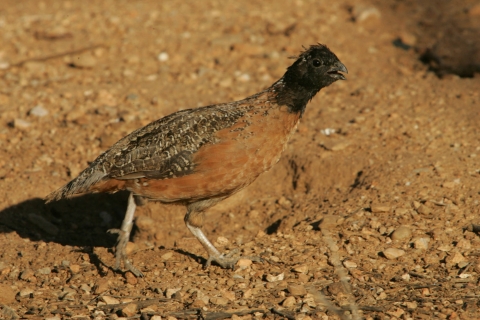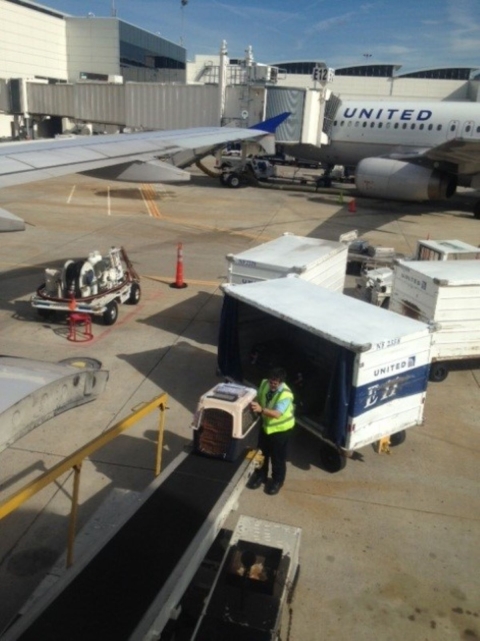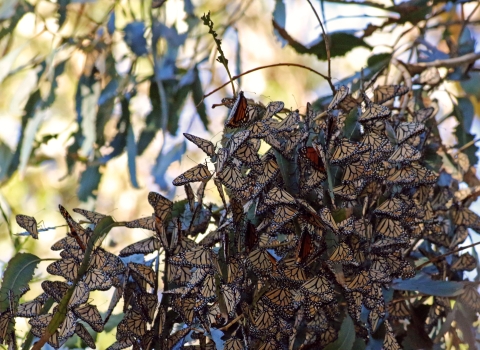“The eagle has landed,” was the subject line of the email notifying the Buenos Aires National Wildlife Refuge staff that the endangered masked bobwhite quail had finally arrived safely and soundly in Mexico City. The species had been on the brink of extinction for nearly a decade but this day was a day of change. In 2015, pivotal agencies banded together to change the path of this struggling bird. Seventy masked bobwhite quail stepped onto Mexican soil. The collaboration had worked, the eagle had landed and a new hope had finally arisen.
The Dire Need
The masked bobwhite quail was listed as endangered in 1967 due to overgrazing of its natural habitat by booming cattle ranching starting in the 1920s. Buenos Aires National Wildlife Refuge was established in 1985 and assumed responsibility of the captive breeding program in 1996. Since then, the recovery of the species had been challenging. The refuge was at the very northern fringe of the masked bobwhite’s historic range and fell on the international border with Mexico. The landscape had changed significantly since the bobwhite once flourished due to factors like drought, predator increase, invasive species invasive species
An invasive species is any plant or animal that has spread or been introduced into a new area where they are, or could, cause harm to the environment, economy, or human, animal, or plant health. Their unwelcome presence can destroy ecosystems and cost millions of dollars.
Learn more about invasive species , border challenges and the conditioning of captive birds. Surveys since 2001 showed an overall downward trend in populations both in the United States and in Mexico, with few to no masked bobwhites existing in the wild. This meant that essentially the entire species existed as a captive flock in one location at the refuge and a single stochastic event could mean their extinction.
What Must be Done?
One downlisting criteria for this species, as defined by the Masked Bobwhite Recovery Plan is when “…four separate, viable populations are established (consisting of two populations in the United States and two or more in Mexico) and have been maintained for 10 consecutive years …” Buenos Aires National Wildlife Refuge had struggled for years to find willing partners to commit to raising a subset of quail within available funding constraints to no avail. In January of 2015, that changed!
The Key Partners
Buenos Aires National Wildlife Refuge’s success in getting the masked bobwhite quail to Mexico greatly depended on the vigilant collaboration and a little blood, sweat and tears from some key partners. Africam Safari in Puebla, Mexico was a zoological and educational institution invested in the protection and conservation of endangered species. They were willing and eager to start a captive breeding program of their own with the assistance of the U.S. Fish and Wildlife Service. Conservation agreements were reached between the Service and Africam Safari and the ball started rolling from there. The Sonoran Joint Venture was integral in facilitating all documentation, permits and logistics for the transfer and Africam Safari started working to ensure all requirements of Mexican conservation agencies were met and filed. A veterinarian from the Arizona Game and Fish Department came to the table and volunteered her time to conduct all necessary health checks and clearance forms. Buenos Aires Refuge maintained birds in quarantine and prepared them for shipment. The stage was set. The birds were ready and the shipment date was quickly approaching.
The Eagle has Landed!
On January 29, 2015, a momentous event happened. Seventy masked bobwhite quail were shipped to Mexico to begin a new life and renew hopes for the healthful longevity and security of the species. “The quail arrived in great condition and were eating, drinking and active right away,” said Robert Mesta of Sonoran Joint Venture. Africam Safari’s quail facilities were state of the art and provided for a wonderful opportunity for the species to grow and flourish in Mexico.
Onward and Upward
The captive raising and release of the masked bobwhite quail continues at Buenos Aires National Wildlife Refuge with many exciting developments in habitat restoration and release techniques underway. For the first time since the refuge’s establishment, birds are living on the landscape, are surviving through harsh winters and monsoons, and chicks are being born in the wild. Since 2015, the program has also located an alternative breeding site at Sutton Avian Research Center and small populations at zoos across the country. Through partnerships with Arizona Game and Fish, various NGOs, Inventory and Monitoring, Ecological Services and the refuge staff, the efforts of a great many agencies pulling together to save a species has proven to be an exemplary model of collaboration, coordination and heart.





